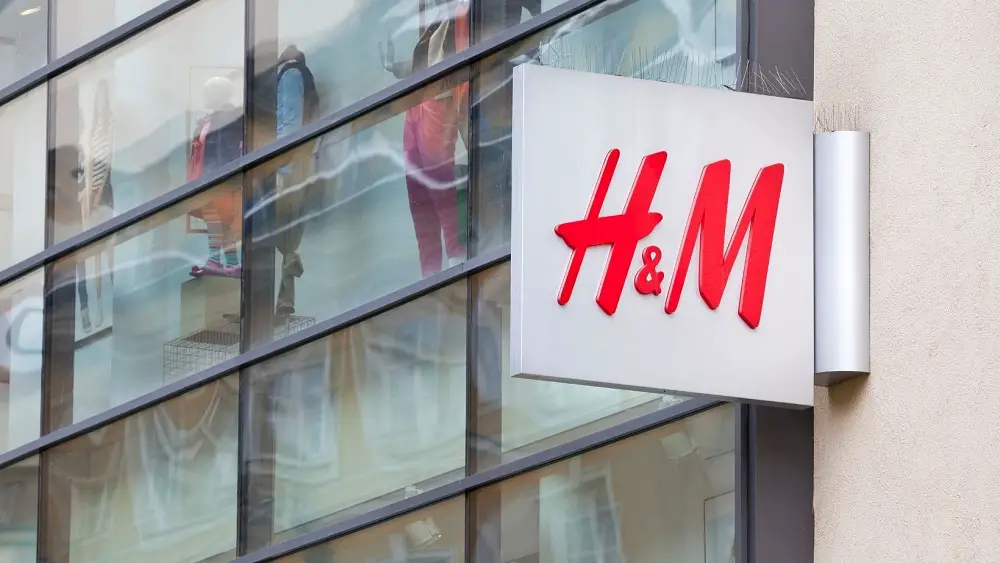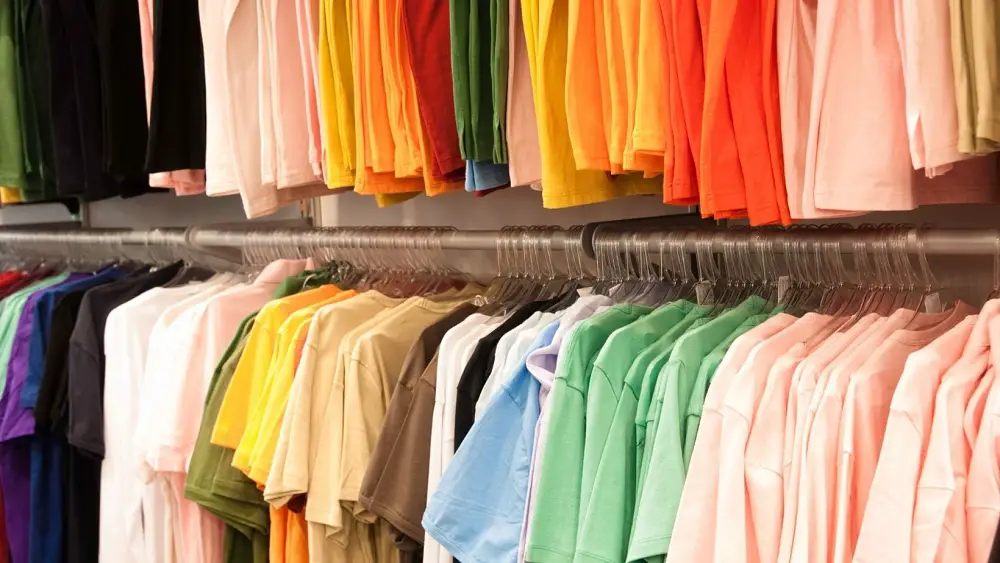H&M is the second biggest clothing retailer in the world therefore it has a lot of power and impact on the planet.
H&M have received a lot of criticism over the years for various elements of their ethics including labour, environmental impact, animal welfare and their fast fashion approach to marketing and sales.
However, when looking at a brand’s ethics, especially a giant like H&M, it is important to not pay too much attention to gossip and the media but rather conduct proper research and look to trusted sources.
Fast Fashion
H&M are known to profit from a highly exploitative business model known as fast fashion. Fast Fashion is based around replicating catwalks and highly sought after trends.
As fashion changes constantly this then encourages people to enter into a constant game of buy and burn.
In other words, people are buying clothes and then not long after being given the impression that they are no longer in fashion so they are encouraged to get rid of them and buy new.
This cycle continues and continues. H&M achieves this through clever marketing and advertising. For instance, they have a large marketing team who are constantly updating advertisements, catalogues, brochures, online websites and window displays to encourage further buying.
Buying and quickly disposing of fashion increases both the companies and the buyers carbon footprint which has a detrimental impact on the environment by increasing production meaning a release of more hazardous gasses and chemicals during production and a bigger waste pile after usage.
Goals
H&M have made a lot of promises however just how well they have and will follow up with these goals is a different question. In 2018 they promised to pay 850000 workers a living wage which they have failed to do, and is a goal that they have missed by a spectacular amount.
On the other hand, following the Rana Plaza disaster in 2013 they pledged to join the Bangladesh Fire Safety Accord, which they did follow through with.
This involved working with a large number of other businesses and labour unions to look into and furthermore address health and safety concerns across 100s of factories.
This work can not be knocked as ethically it is super important however, their motivation for doing so is unclear as over the years they have clearly not shown much compassion for workers.
Furthermore, they are also working on some current goals such as the target to reduce greenhouse emissions and to use 100% recycled or sustainable materials by 2030.
This is a very impressive goal and could have a majorly positive impact on the company’s carbon footprint and therefore the environment.
However, it is important to note that these goals are just ideals and we have no proof that they will meet them. Their history suggests that it is anyone’s guess whether they will actually follow through with this goal or not as they often make false promises.
Labour
As previously mentioned H&M failed to meet their goal of providing 850000 workers with a living wage in 2018. Similarly, factories that supply to the company were also mentioned in a report the same year detailing abuse to female garment workers.
This came from trusted source Global Labour Justice and shows that they still have a long way to go in terms of labour and also gender equality.
Somewhat surprisingly, H&M scored 71-80% from the Fashion Transparency Index.
As a company they do publish information regarding forced labour, freedom of association and gender equality. On top of this they also publish a detailed list of suppliers in the final stage of production.
The company consistently promises to make improvements to wages. However, we have seen little movements towards this.
Furthermore, none of H&M’s supply chain is certified by Labour Standards which is a massive red flag as there is no protection in terms or pay, workers rights or health and safety.
Overall, the fair treatment of H&M’s workers is difficult to guarantee and it can not be confirmed that there is much of a safety net in place for such workers so in terms of labour H&M are not particularly ethical.
Environment

When looking at ethics it is important to consider H&M’s impact on the environment. In all fairness as a company they have taken steps to ensure that their impact on the environment is a more positive one.
One of their most successful environmental movements was their recycling scheme, the idea of this scheme is that members of the public can bring old clothes (from any brand) into H&M stores to be recycled.
The company then categorize all of the items which they receive into three categories these are: reware, reuse and recycle. Category one, reware, is the clothes that are in the best condition and will go on to be resold as second-hand clothes.
Category two, reuse, is for old clothes that are not in quite good enough condition to be resold as clothes but could still be turned into other products which includes clothing cloth and other simple fabric items.
Finally, recycle is the category for clothes which are not in very good condition and will go on to be used as textile fibres for things such as insulation.
H&M also has more positive impacts on the environment, for instance they have a policy in place to try and prevent deforestation of ancient, endangered forests.
They also use renewable energy for part of their supply chain and try to use some organic materials such as organic cotton.
Final Thoughts
Ethical is a very broad term as there are many ways in which a company can be ethical or have the total opposite impact. H&M have been at the epicentre of controversy when it comes to labour and the welfare of their workers due to both pay and safety however when it comes to the environment they have received some praise.






